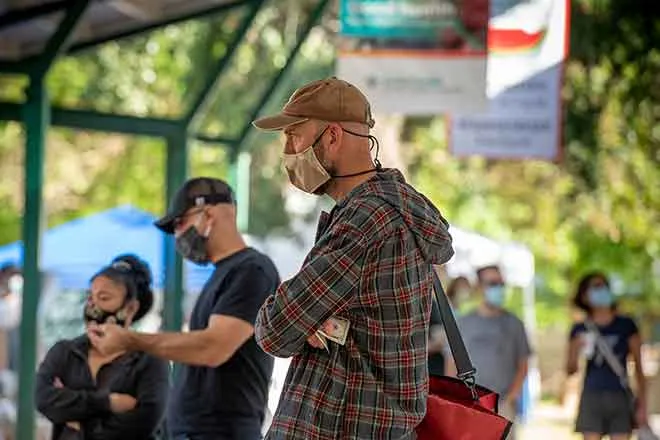
Wyoming ambulance services facing funding emergency
(The Center Square) — Wyoming’s ambulance services have reached a state of emergency as funding in many counties dries up.
Fremont, Sweetwater, Weston counties will all lose Emergency Medical Services (EMS) on July 1 if funding cannot be found for the program. Sweetwater and Weston both have potential solutions, but in Fremont, Wyoming’s second-largest county by landmass, no one has stepped forward to fill the gap, according to Luke Sypherd, president of the Wyoming Emergency Medical Services Association.
Wyoming’s funding structure for EMS is unsustainable, Sypherd said, and the overhead for running an ambulance service is costly.
“There are only 11 states in the United States that require EMS to be provided by law,” Sypherd told The Center Square.
Wyoming isn’t one of them, which is resulting in funding for EMS hitting the chopping block before other required services.
Subsidized labor through volunteers has kept Wyoming’s EMS afloat in the past, but that base is shrinking because of an increase in calls and the technicality and costs of maintaining EMS training.
Unlike fire and police, ambulances aren’t reimbursed for calls unless they transport a patient to a hospital. In addition, Medicaid and Medicare only cover somewhere between one-third and one-sixth of the cost of an ambulance trip, leaving a huge funding gap.
The COVID-19 crisis sped these issues to a breaking point, Sypherd said. Funding dropped out as lower tax revenues combined with fewer reimbursable ambulance trips as EMT’s were encouraged to treat patients at home rather than taking them to hospitals.
Sypherd said one way to reduce costs is by restructuring to make services regional rather than every town having an EMS. This would result in cost savings because many positions could be consolidated into one and infrastructure could be used to cover a wider range.
“You have economy of scale for purchasing power within hospitals, you having a deeper staffing pool,” Sypherd said.
Cody Regional Health hospital runs a regionalized EMS that serves all of western Park County.
Even restructured, EMS still needs funding. Sypherd said there has to be some local or state tax-based revenue to help cover the costs of EMS. He suggests a list of possibilities already in use in some places, like a license plate tax, special health districts within a county, or sales tax.
“Very unpopular—people don’t like to pay taxes, but again when a government health insurance plan isn’t covering the cost of health care then the money has to come from somewhere else,” Sypherd said.
Sypherd also insisted EMS must be made a mandated essential service.
“Law enforcement and fire certainly are essential services, but then some of the other things that counties and cities are required to provide by law, you can’t tell me those are as essential as emergency medical services like 911,” Sypherd said.














